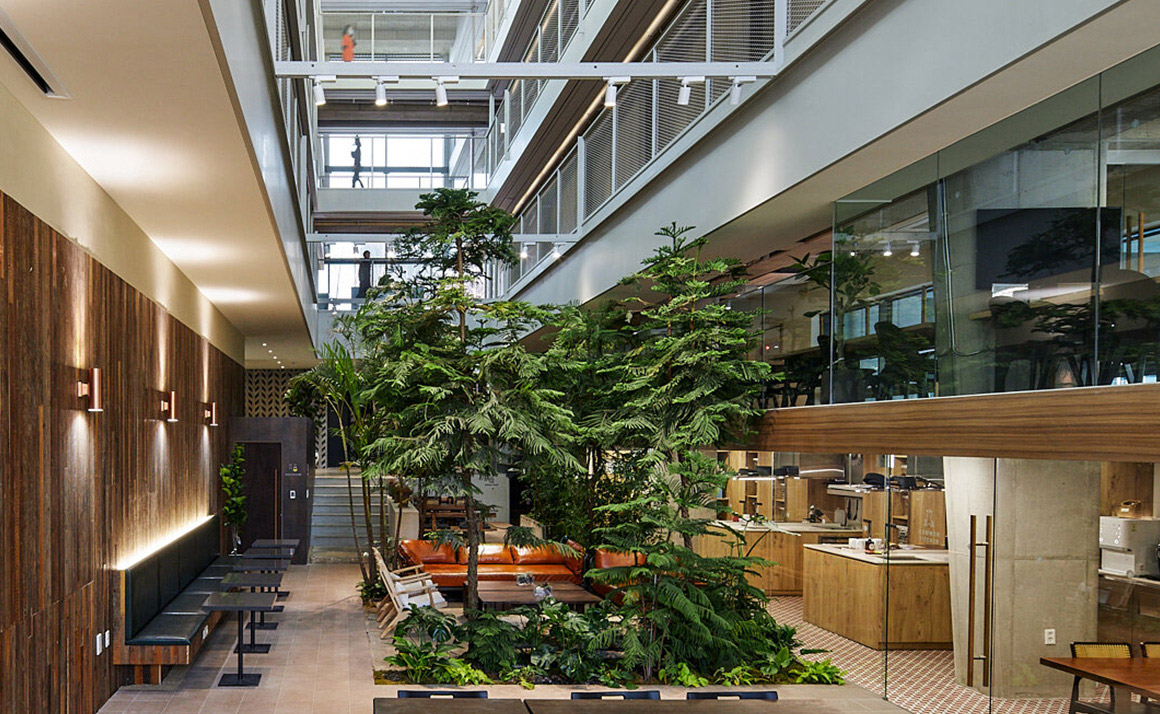
Sharing Seoul
Unlike most cities around the world, Seoul was unusual in that the city government was the main promoter of sharing economy initiatives and that it started early, in 2013.
A number of initiatives were launched, including car sharing, using a redundant government building as a community centre and a sharing economy start-up school. The project generated worldwide interest and Seoul was hailed as a leader in the new inclusive economy.
Sadly, however, the initiative seems to have fizzled out and its various sharing economy platforms have failed to gain traction. “It has not been influential or attained meaningful scale,” says JoAnn Hong, head of research and consultancy at Savills Korea.
Fortunately, the private sector has done rather better and the sharing economy in real estate is thriving thanks to a mix of local and international co-working and co-living operators. The total office space occupied by co-working operators rose more than tenfold to 578,000 sq m last year, from 2014, with close to 100 operators in the market. Co-working space is still small, only accounting for 2.4% of prime office space, but growing. Recently, prime office landlords, such as Brookfield-owned Seoul IFC, have begun to offer their own co-working brand.
“The spread of COVID-19 at first lowered interest for coworking space until new sources of demand emerged. As remote working rose in popularity, companies quickly chose to use coworking space as satellite offices,” says Hong. “The demand has diversified from the traditional segment of freelancers, start-ups and Korean headquarters of foreign companies, to domestic conglomerates with a need to break up into separate units.”
WeWork is the largest player in the market, with a 33% share, and despite laying off staff in a rocky 2020, is recovering lost ground. Meanwhile, two homegrown firms – FASTFIVE and SparkPlus – account for nearly one third of the market and Singapore’s Justco accounts for 6%. There is also a host of niche operations, some showcasing Korean design and architecture.
Co-living is so far dominated by local brands, such as Hive Arena and Commontown, the latter of which launched the purpose-built Treehouse facility (pictured above), and co-living buildings are often linked to co-working spaces. There is also a substantial number of co-living spaces which cater to women only.
While the private sector has driven co-working, concerns over rising house prices and the pandemic led the Korean government to allocate KRW25 billion ($21 million) to coworking start-ups. The private sector has not ignored co-living however; operator MGRV (Mangrove) teamed up with IGIS Asset Management for a KRW250 billion co-living fund last year.
“As in many expensive Asian cities, there is a lot of potential for co-living in Seoul,” says Hong. “Co-living plays to the city’s strength in tech and in design.”
Further reading:
Savills Korea
Contact us:
JoAnn Hong



